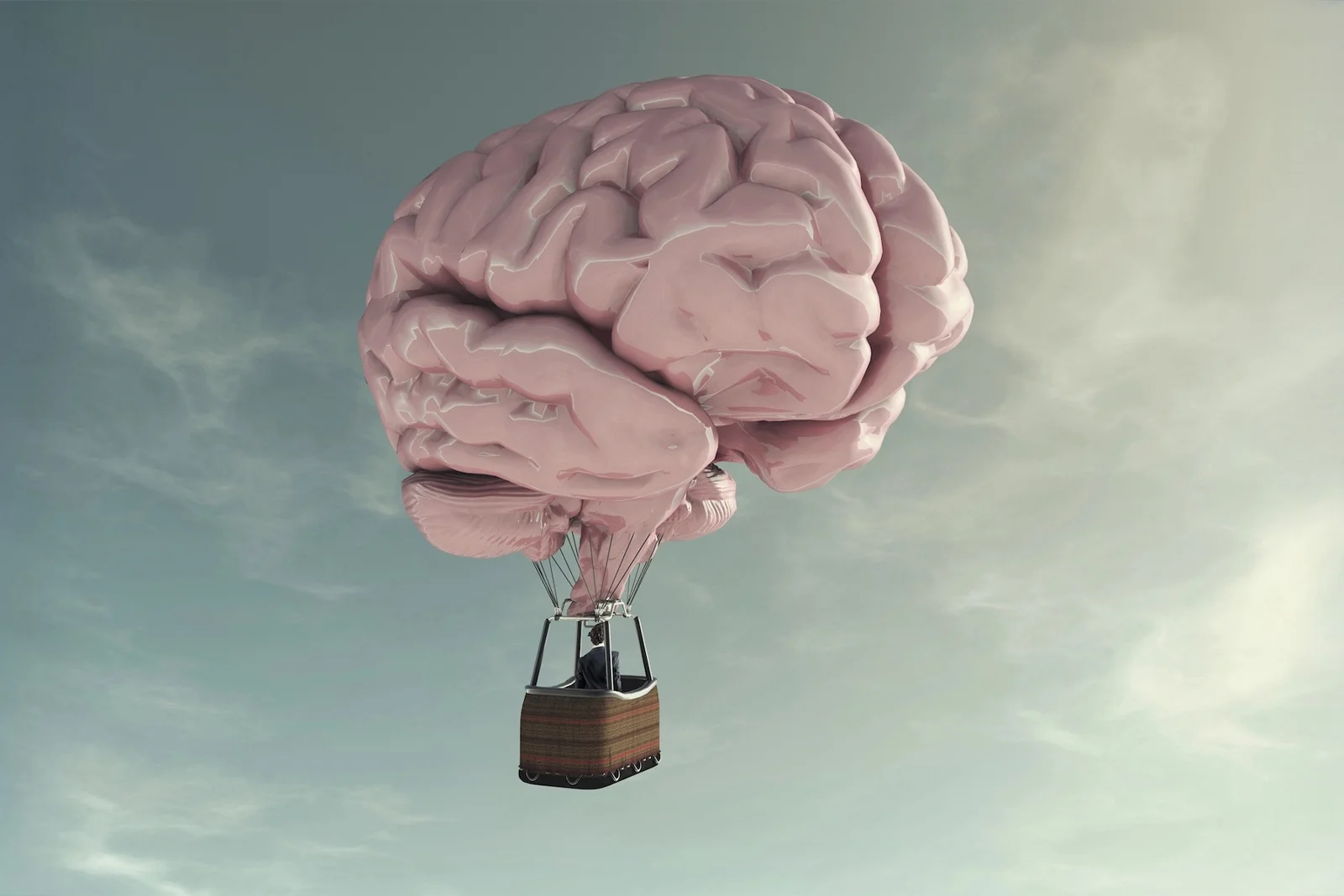
Health
The Dopamine Dilemma: Reclaiming Our Attention in an Age of Instant Gratification
Our brains, once honed for survival, are hardwired to seek pleasure—a biological impulse that once led us to food, safety, and shelter. Today, that same drive is ensnared in a digital landscape of abundance, where gratification is instantaneous and unrelenting. The Internet—social media in particular—has ushered in a new era of relentless stimulation, each swipe, like, and notification offering a hit of dopamine, the brain’s currency for pleasure and reward.
We are trapped in a digital Skinner box, endlessly pecking for content: TikToks, headlines, ads, memes, and impulse purchases. While social media connects us and democratizes information, its architecture is engineered for addiction. The feedback loop is efficient, ruthless. Every ping and pixel promises pleasure, rewiring attention spans and expectations—particularly among young people raised on bite-sized dopamine infusions.
These platforms reward us not just with content but with affirmation—likes, comments, retweets—all of which reshape neural pathways and reinforce compulsive behaviors. Instant gratification—the preference for immediate, lesser rewards over deferred, greater ones—is no longer a quirk of character but an epidemic. The anticipation of a reward triggers a dopamine surge, but the pleasure fades fast, leaving us craving the next hit. The more we indulge, the less satisfied we feel, as fleeting digital highs eclipse richer, more meaningful experiences.
This compulsive chase comes at a cost: procrastination, weakened long-term goal-setting, and a gnawing sense of emptiness. In addition to that, there are curated, often airbrushed projections of other people’s lives, and we are left grappling with corrosive self-comparisons that can spiral into inadequacy and low self-worth.
I’ve lived this personally. Like so many, I used to begin my day with a scroll, eyes half-open, thumb already moving. I’ve tried to replace that instinct with meditation and prayer. I’ve even deleted and redownloaded X (formerly Twitter) more times than I’d like to admit—each time convincing myself I could master my usage, only to fall back into the same behavioral loop. These platforms are designed to win.
The challenge isn’t to eliminate social media—it’s to redefine our relationship with it. We often seek quick pleasures not simply for fun but to avoid discomfort. But when pain is avoided too long, it grows. Learning to delay gratification is not an act of deprivation but of self-possession. It’s a skill—one I’ve worked hard to practice—and it brings with it mental clarity and emotional resilience.
Setting even modest goals can help rewire our need for constant stimulation. They provide not just structure but a sense of agency. Striving toward something—anything—yields not only results but personal growth. Too often, people avoid setting goals out of fear of failure; in doing so, they default to distraction. The excuses are familiar: too busy, no time. Yet somehow, there’s always time for a scroll, a meme, or a video of a cat doing backflips. Small habits—like making your bed—can begin to shift our focus. These are acts of conscious engagement, not mere productivity hacks.
There is power in rewarding ourselves after completing tasks, especially when the rewards are deliberate. For example, ten minutes of social media after a chore, a walk after work, or a coffee after journaling. The key is that pleasure follows effort, not replaces it. Rewards don’t need to be digital; in many cases, they shouldn’t be.
Mindfulness—fully inhabiting the present moment—can act as a buffer against the dopamine drip. It’s not about stillness or silence, but attention: noticing the scent of coffee, the texture of paper, the sound of footsteps. It reclaims focus from the algorithm. Social media, for all its color and clamor, often leaves us drained and anxious. Engaging with the physical world—touch, taste, breath—is not a retreat but a return.
Simple tools help: silencing notifications, using app blockers, and restricting access during key hours. I’ve limited my use of work apps and WhatsApp during work hours. It’s not a cure-all, but it helps. It’s a reminder that I own my attention, not vice versa.
Pleasure in itself is not the enemy. But when the pursuit of it becomes compulsive, the cost mounts. We all know the pull: there’s a task to do, but the phone is easier. The deadline looms, but the scroll beckons. The problem isn’t ignorance—it’s inertia. And afterward, the satisfaction rarely outweighs the regret.
The solution lies in awareness. The first step is to take stock of how these digital habits affect our lives—emotionally, professionally, and socially. Achieving balance demands more than discipline; it requires a reframing of values. What truly matters? Where does real fulfillment come from?
Resisting the lure of instant gratification means developing a long-term view of health, happiness, and purpose. Screen-free hobbies, face-to-face conversations, and time spent outdoors aren’t nostalgic indulgences; they’re modern necessities. The goal is not to reject technology but to use it with intention.
Some have found value in “dopamine resets”—digital detox days where stimulation is minimized to recalibrate the brain’s sensitivity. Beginning the day without a screen—instead with a walk, a prayer, a pause—can set a more deliberate tone.
True satisfaction isn’t found in the scroll. It’s cultivated slowly through intention, attention, and repetition. What we say no to often matters more than what we say yes to. Our attention is a commodity—sought after, monetized, and manipulated. To safeguard it, we must be deliberate.
Choosing presence over distraction, meaning over impulse, isn’t easy. But each time we do, we reclaim a bit of ourselves—which, in today’s world, is a radical act.
